
Kochia Insight
Western Canada
Widely adaptable, prolific, tenacious and herbicide resistant – of course, we can only be talking about one thing: kochia, Western Canada’s most problematic weed.
Just a single plant can produce up to 25.000 seeds and, depending on temperature, those seedlings can germinate with 80 per cent emerging before the crop. Once plants mature in fall, the seeds are dispersed. Left undisturbed, they become tumbleweeds and spread seeds across several kilometers.
Not only does it produce a large number of seeds, it is also produces a large amount of pollen. Since kochia can cross- and self-pollinate, a population of kochia can become resistant to herbicides quickly. Average yield loss from kochia pressure in spring wheat can be 20% and much worse in soybeans and corn.
Kochia populations across the Prairie provinces have been found resistant to Groups 2, 4, 9 and 14 modes of action and there are even biotypes that are resistant to more than one of these herbicide groups. That is why it is more important than ever that growers are using effective tank mixes for control.
We've developed resources that can give you a better understanding of kochia and help you find strategies understand kochia better and outlined strategies to combat it here.
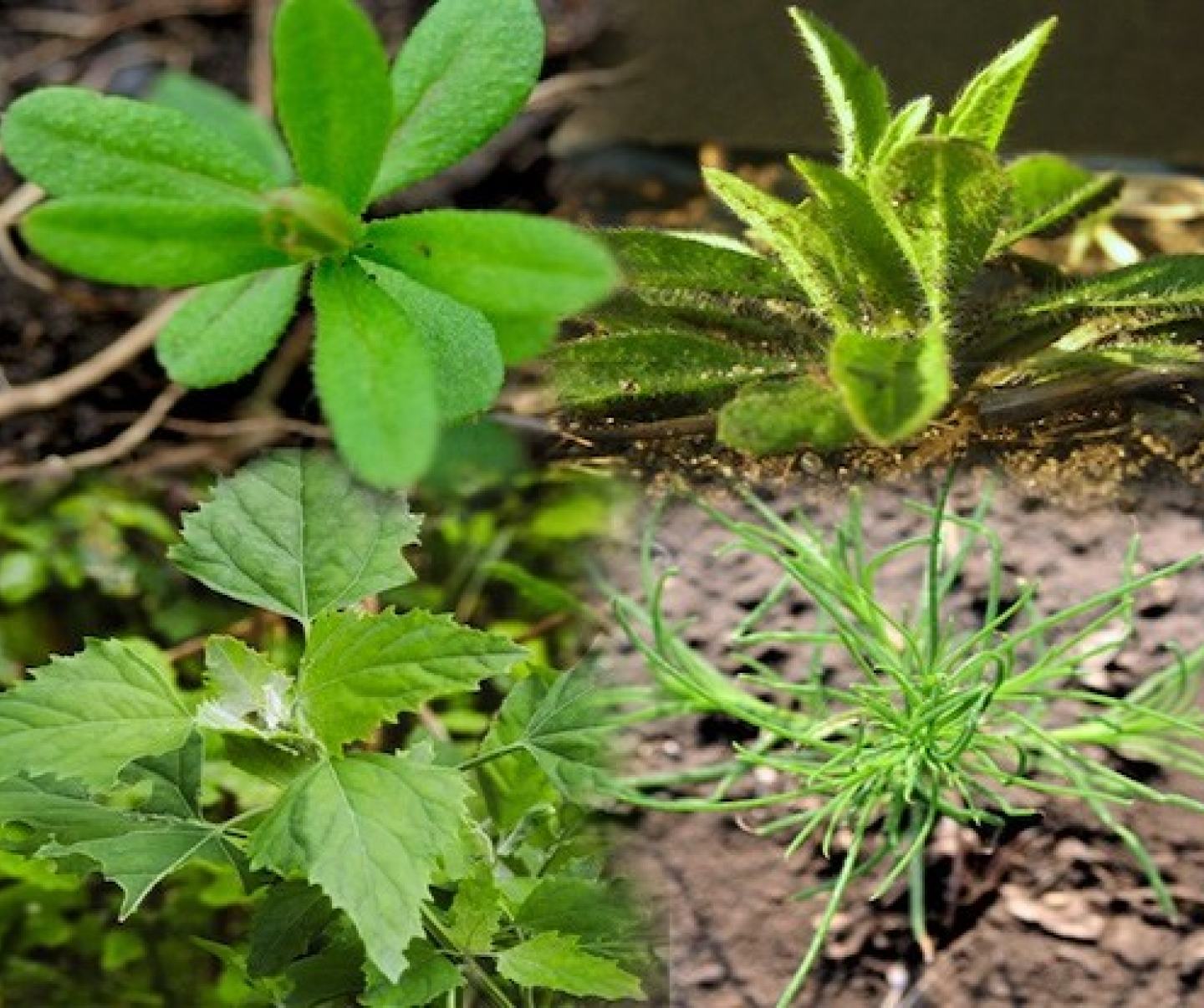
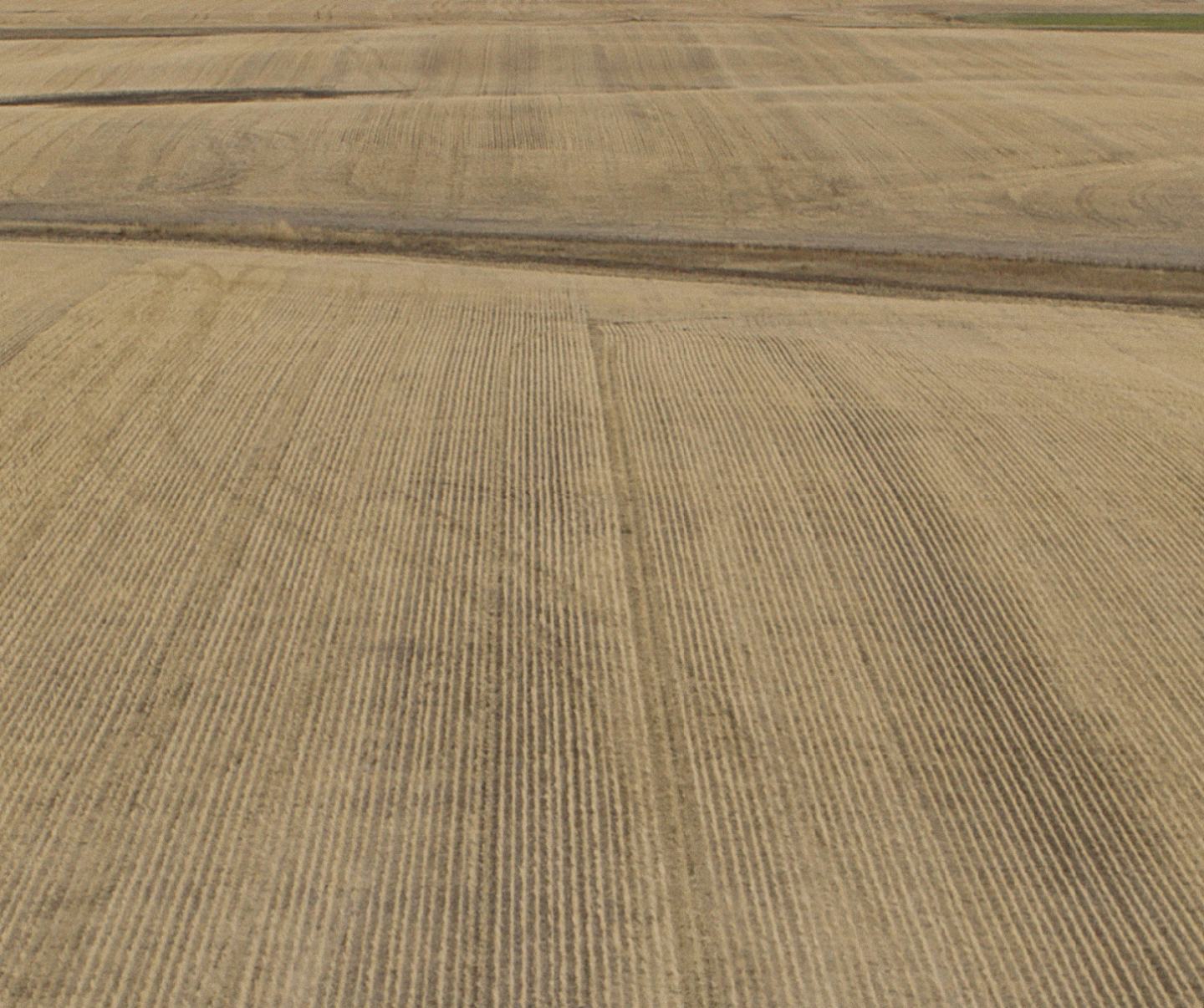
Kochia has unique characteristics that allow it to thrive in the southern Prairies. Knowing the weed’s biology and ecology provides the basis for a rigorous defense.
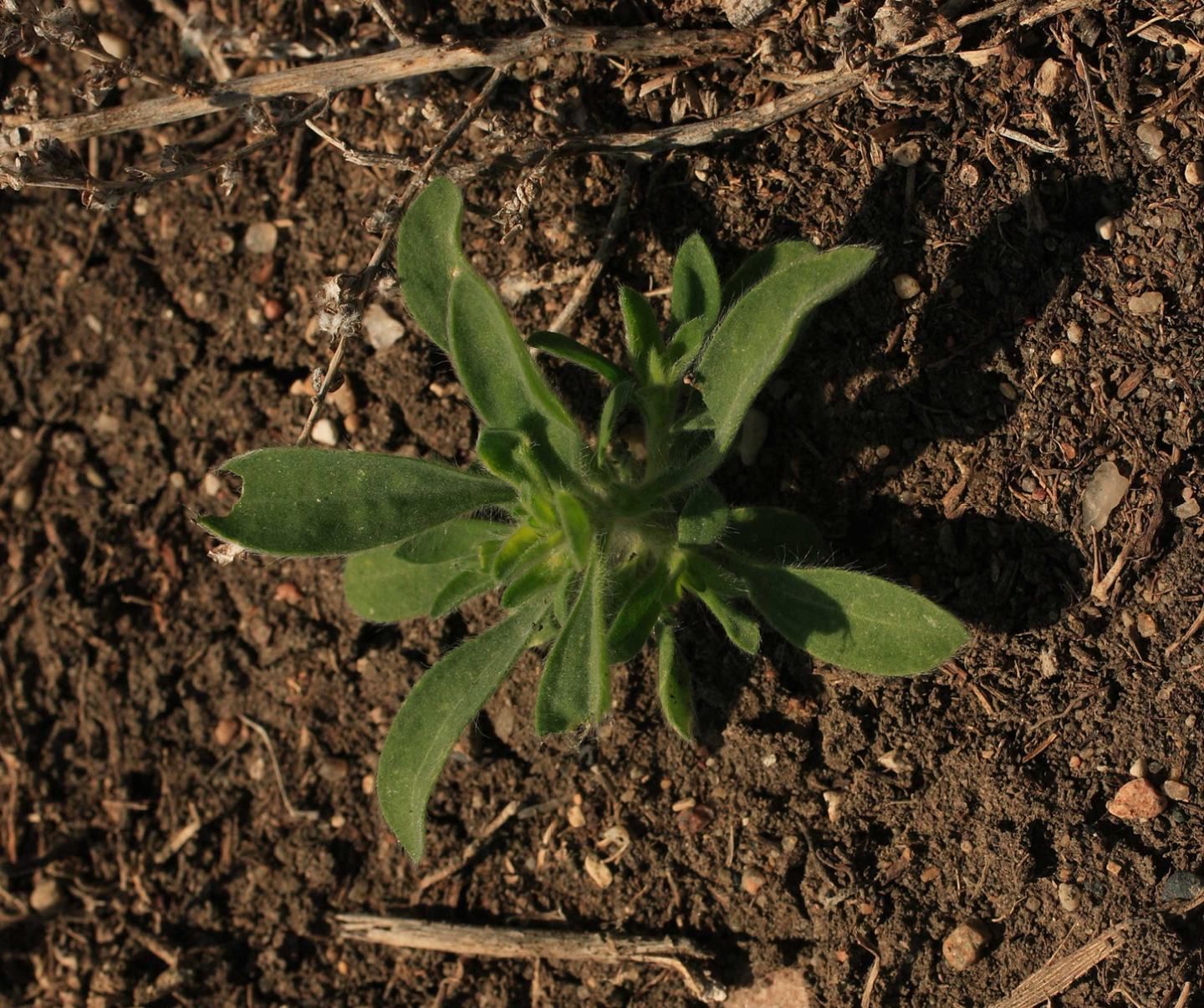
A weed scientist looked at managing kochia through the span of a four-year crop rotation. Learn the chemical and cultural practices that can manage the worst impacts of this weed and help contain its spread
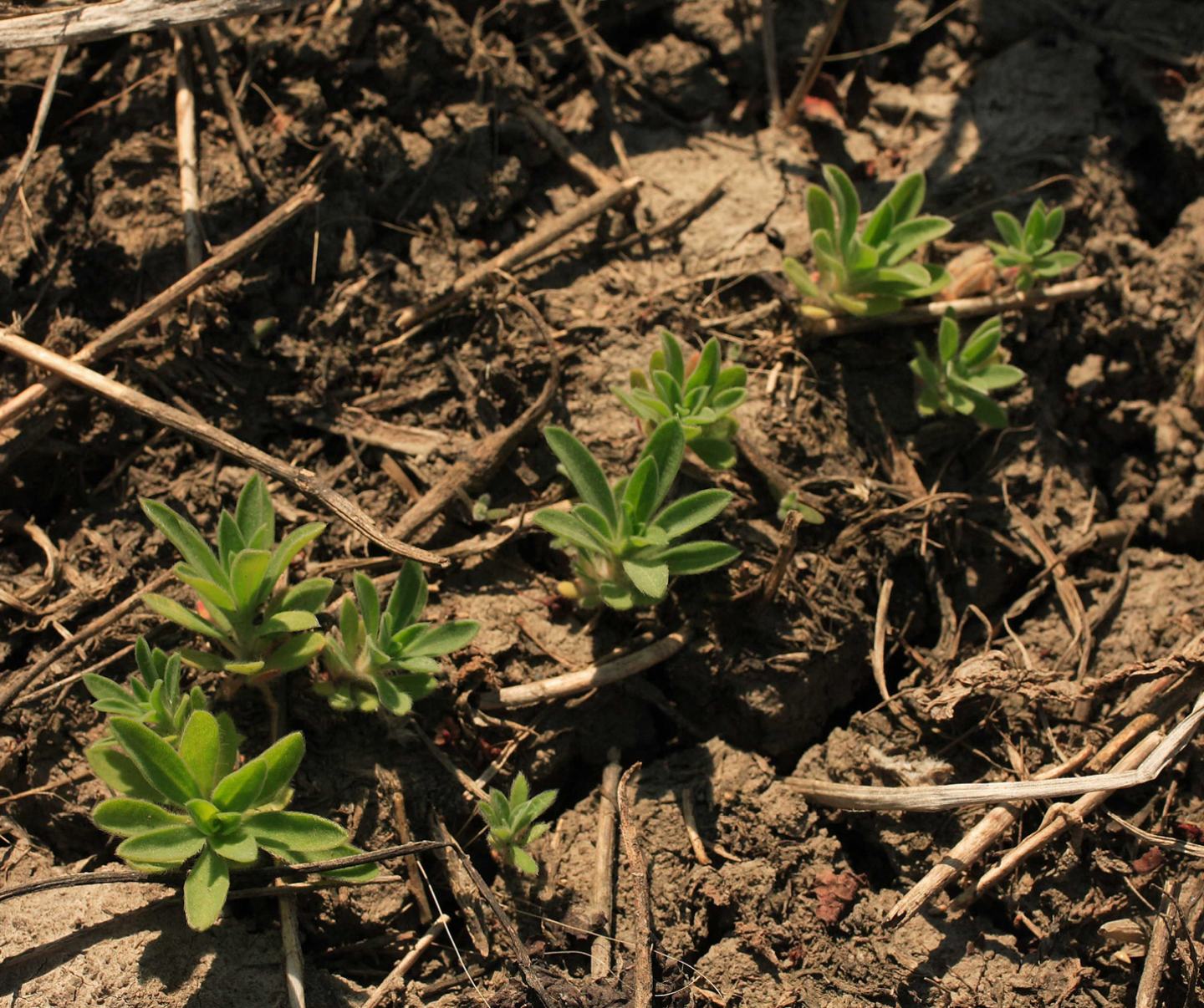
Kochia emerges in cool soil yet also thrives when it’s hot. That’s not only bad news now… it’s probably going to get worse. Learn why a weed scientist says kochia is well suited to shifting environmental conditions on the Prairies.
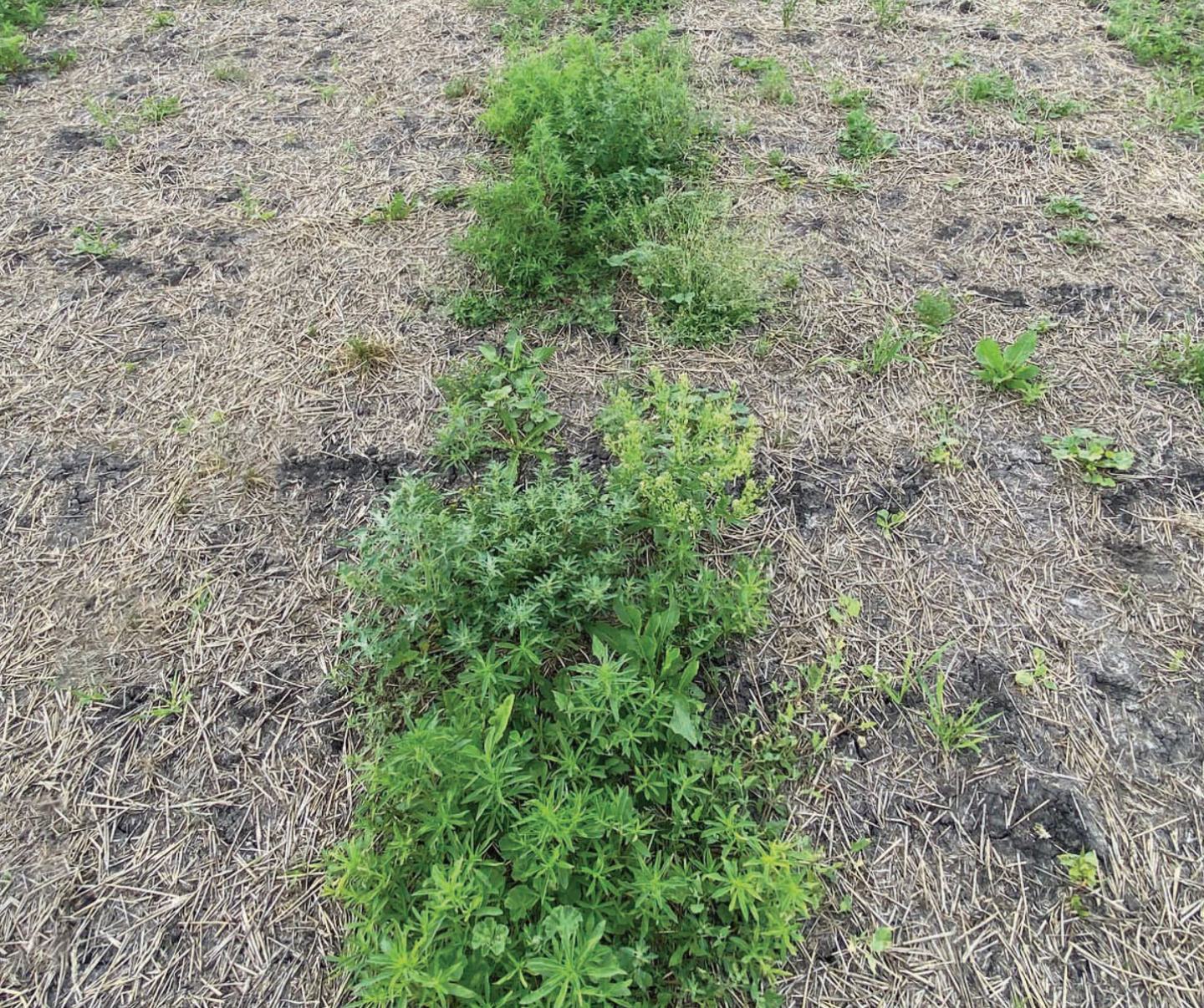
Kochia is not only a persistent challenge but a weed that’s expanding its footprint on the Prairies. It emerges early, can survive heat, drought, and saline conditions, and produces a lot of seed. Here are some strategies to get ahead of kochia.
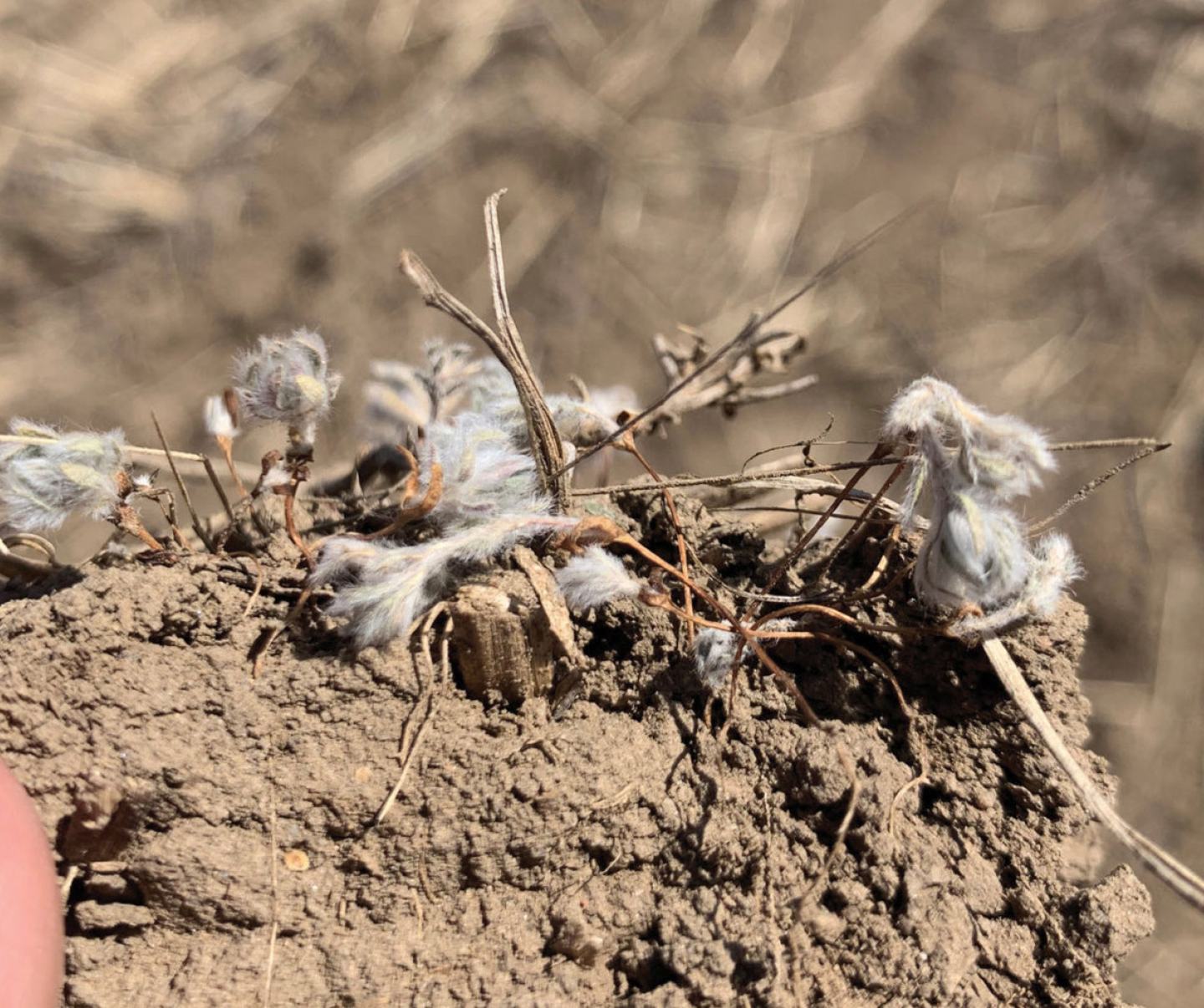
Kochia pressure used to be limited to Southern Alberta. Not anymore. A number of factors, including a higher number of growing degree days across the Prairies, are driving the spread of kochia. Here's what you need to know about kochia -- and why increased glyphosate use isn't the answer.
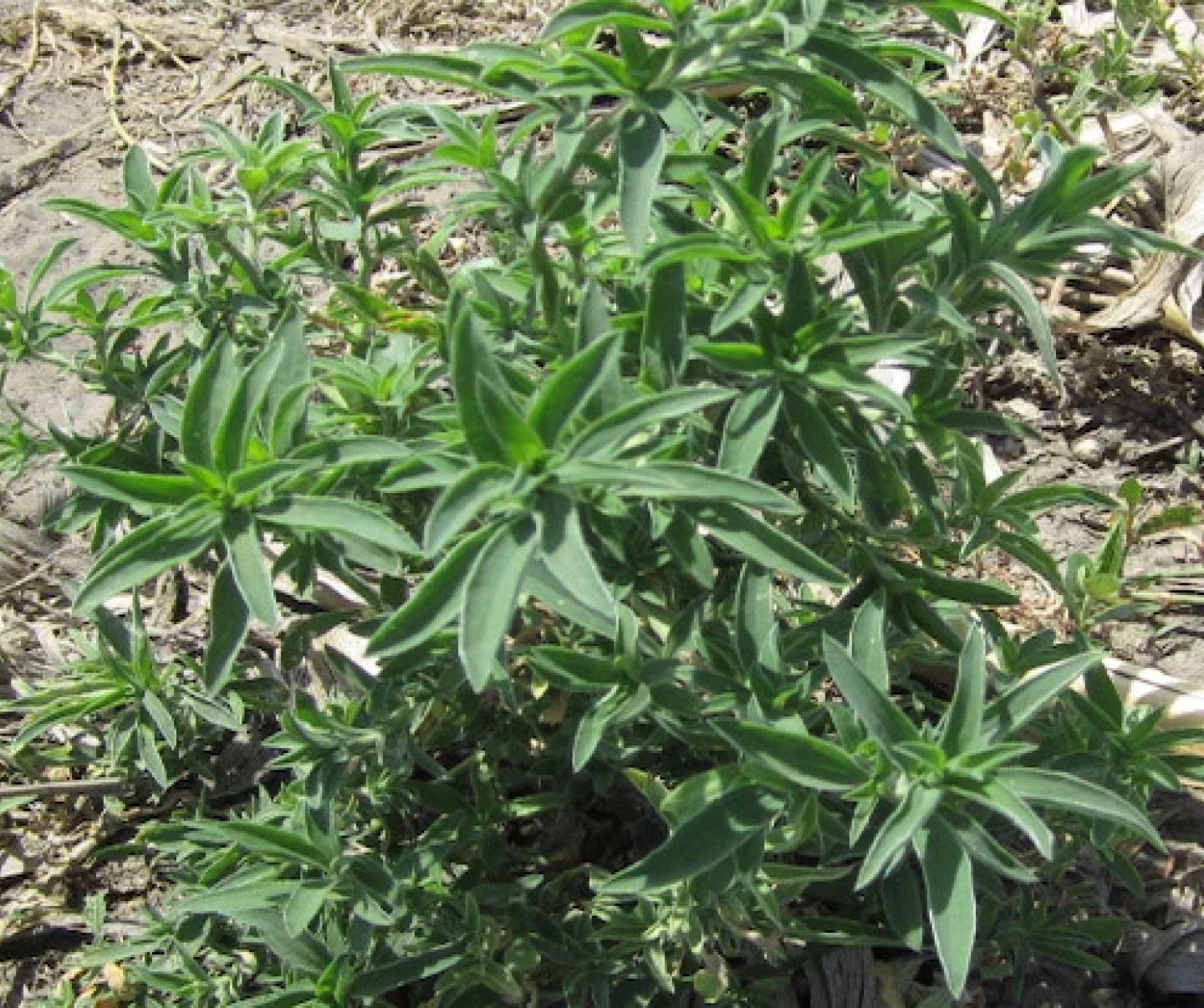
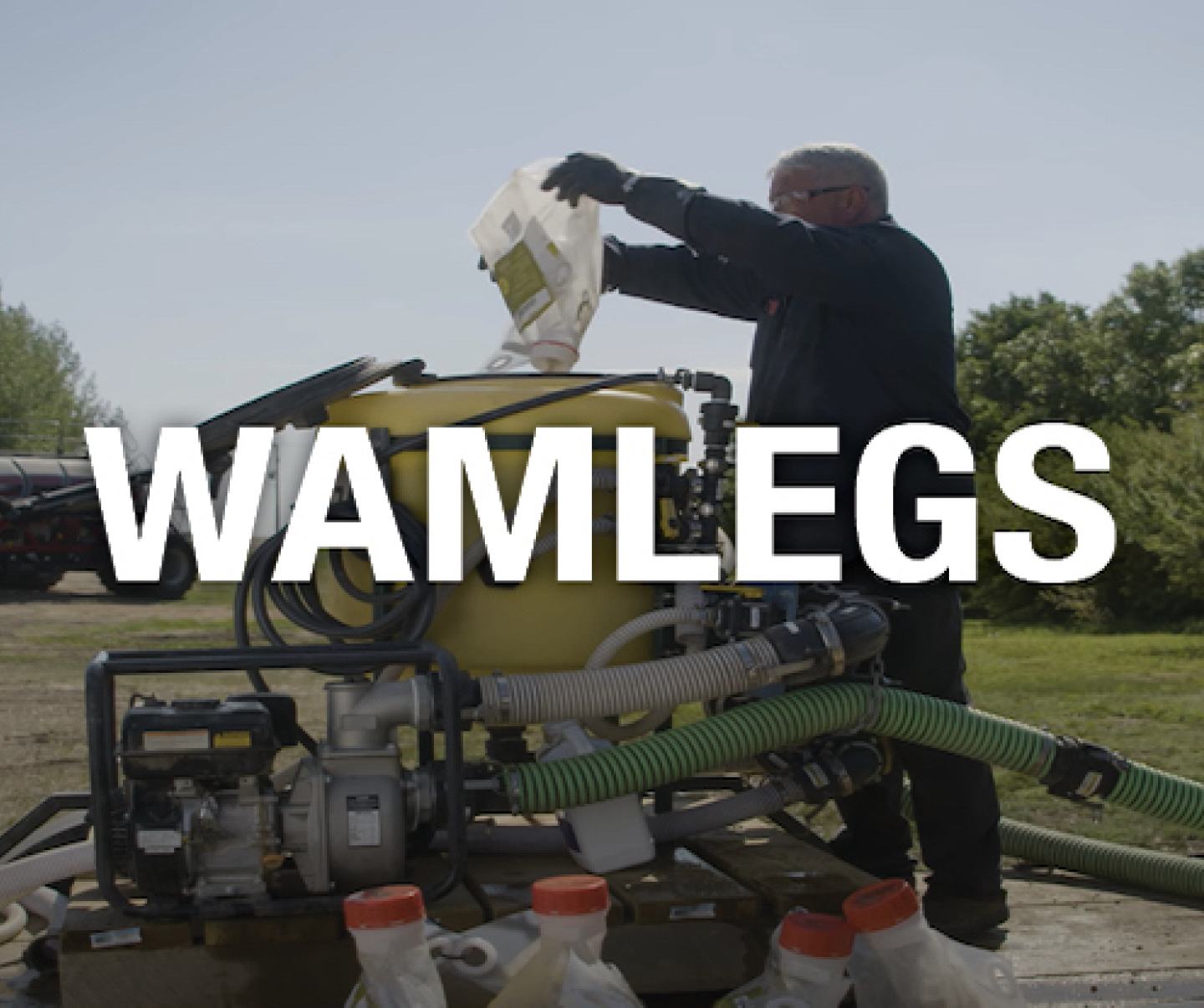
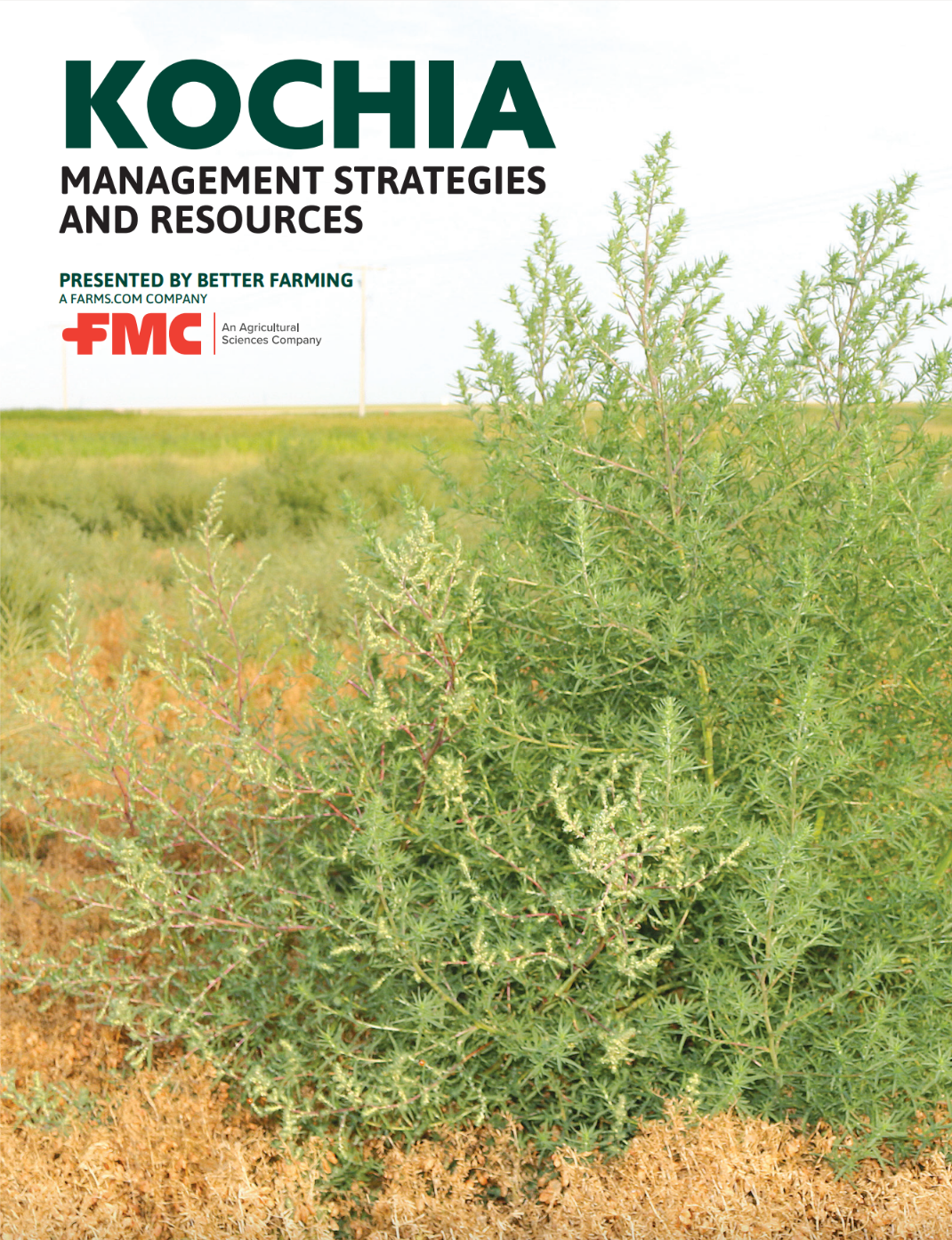 As kochia continues its rapid expansion across the southern Prairies, growers need to stay on top how to control it. The 2024 Kochia Management Strategies and Resources publication provides important background research on how kochia spreads, its economic impact and the evolution of herbicide resistance.
As kochia continues its rapid expansion across the southern Prairies, growers need to stay on top how to control it. The 2024 Kochia Management Strategies and Resources publication provides important background research on how kochia spreads, its economic impact and the evolution of herbicide resistance.
 A strong Group 14 glyphosate partner for quick, enhanced burnoff of hard-to-control weeds including kochia (Group 2, 4 and 9 resistant), flixweed, lamb’s-quarters, redroot pigweed and cleavers (Group 2 and 4 resistant). Aim® EC herbicide adds a novel mode of action to glyphosate for resistance management.
A strong Group 14 glyphosate partner for quick, enhanced burnoff of hard-to-control weeds including kochia (Group 2, 4 and 9 resistant), flixweed, lamb’s-quarters, redroot pigweed and cleavers (Group 2 and 4 resistant). Aim® EC herbicide adds a novel mode of action to glyphosate for resistance management.

Consistent, pre-emergent extended Group 14 activity to control kochia, redroot pigweed, lamb’s-quarters, cleavers*, wild buckwheat and more. Apply pre-seed or up to 3 days after seeding wheat, field peas, flax and more.

Uses two modes of action – Groups 13 and 14 – to deliver fast control of emerged broadleaf weeds including kochia, volunteer canola, lamb’s-quarters and flixweed and extended activity on flushing cleavers and chickweeds.

Provides three modes of action, Groups 2, 4 and 9 when combined with glyphosate for comprehensive weed control and excellent resistance management.

Gives lentils and wheat powerful grassy and broadleaf weed control from two modes of action.
 Provides consistently quick and lasting burnoff control of tough weeds like kochia, narrow-leaved hawk’s-beard and volunteer canola in front of cereals.
Provides consistently quick and lasting burnoff control of tough weeds like kochia, narrow-leaved hawk’s-beard and volunteer canola in front of cereals.

Provides three modes of action, Groups 2, 4 and 9 when combined with glyphosate for comprehensive weed control and excellent resistance management.

Gives lentils and wheat powerful grassy and broadleaf weed control from two modes of action.

Provides consistently quick and lasting burnoff control of tough weeds like kochia, narrow-leaved hawk’s-beard and volunteer canola in front of cereals.